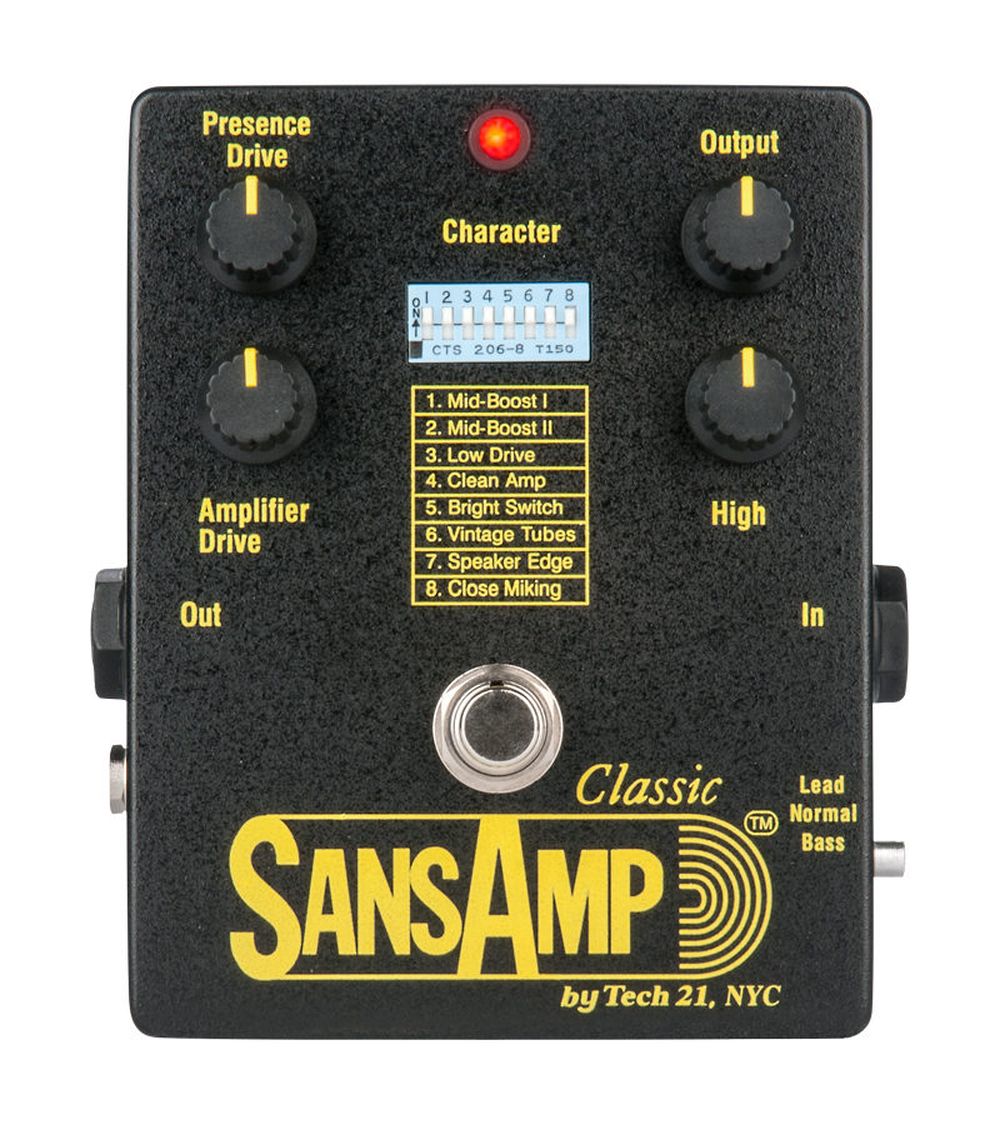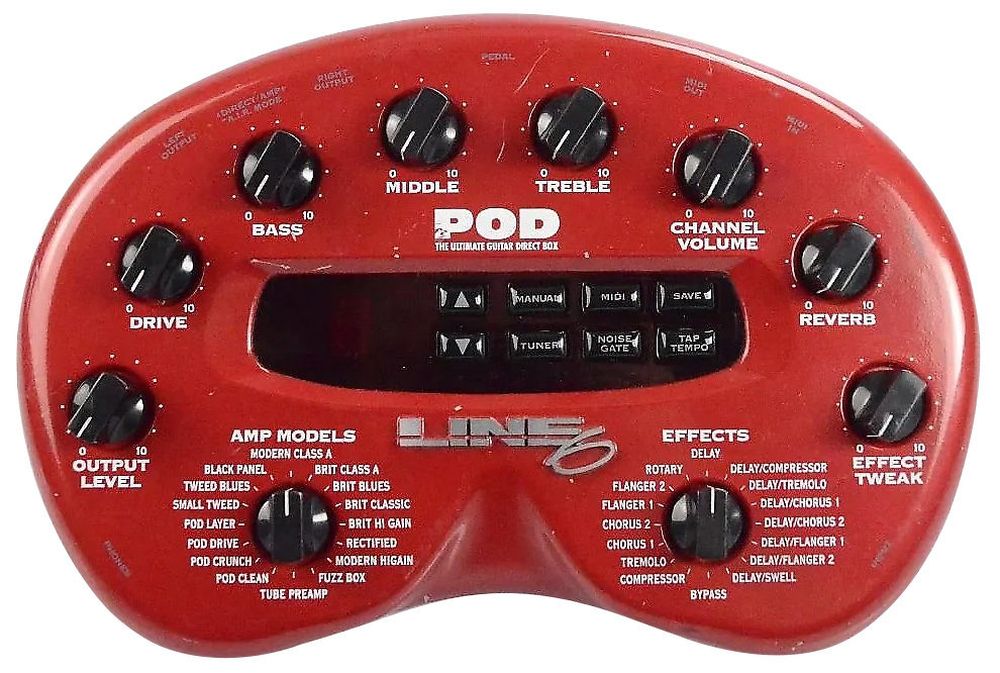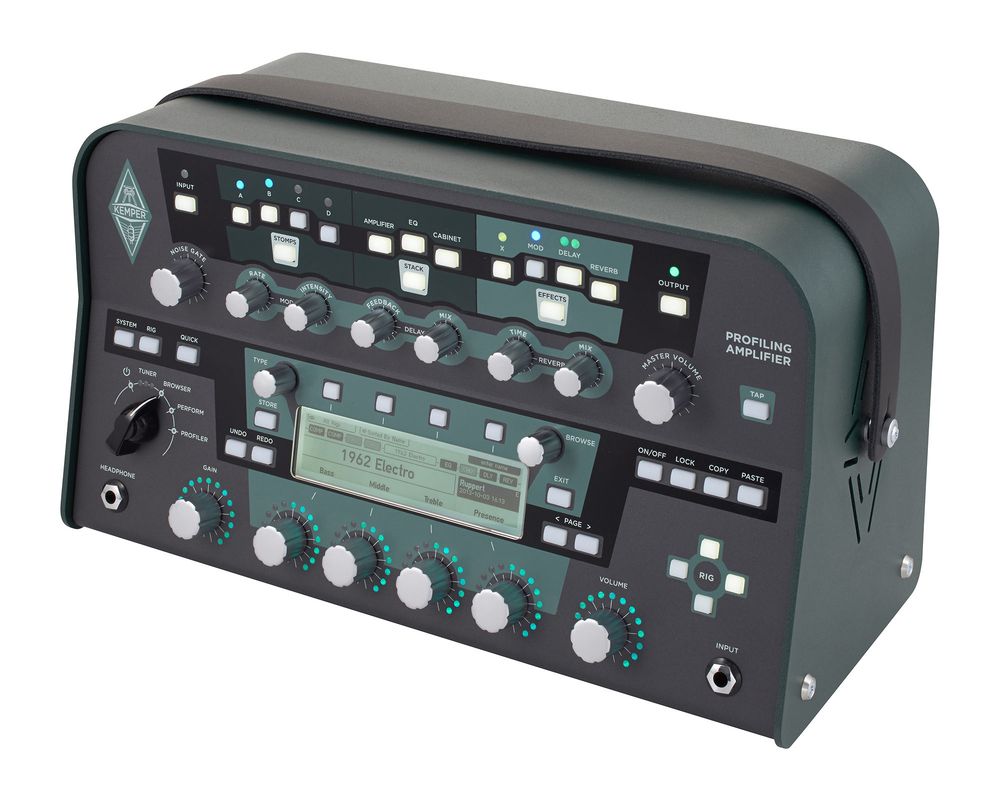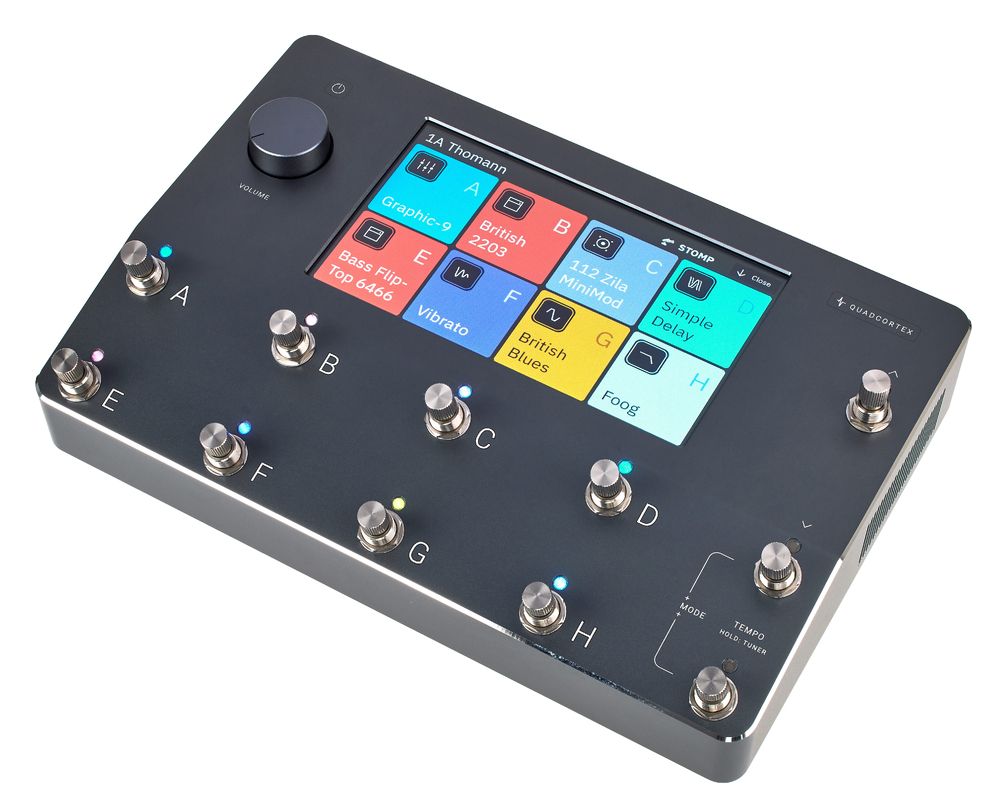2. What is Amp Modeling?
The typical sound of a tube amplifier, established over decades, shapes the expectations one has for a guitar amplifier, both as a listener and especially as a guitarist. It's clear that in these circumstances, there's a certain skepticism towards equipment where no glass tubes glow.
But it's not just about the sound; it's also about the playing experience and interaction between the amplifier, guitar, and player. In good overdriven tube amps, for instance, the degree of distortion can be controlled very smoothly by the intensity of the attack—the power over the colossal tone literally lies in your hands. Moreover, a good tube amplifier responds to nuances in string handling, transmitting them with high resolution.
Most transistor amps from the 1970s and 1980s couldn't come close to these characteristics. However, digital technology made it possible to completely emulate the sound and response behavior of guitar amplifiers and speaker cabinets in digital form using so-called algorithms. An algorithm is a precise set of instructions on how a task should be executed—in our case, an algorithm instructs the processor on how to operate to achieve a specific result. These algorithms are the true heart of a modeling amp, and the faster the processors work and the finer the converters resolve the audio signal, the more authentic the result. The input and output circuits, called AD/DA converters in technical jargon, convert the analog guitar signal into digital (AD) for processing by the processor. The result is then converted back from the digital world to an analog audio signal (DA) and sent to the output.
A forerunner of digital amp modelers that emerged in the mid-1990s was the SansAmp from the New York-based company Tech 21, which, as early as 1989, replicated the sound of different amplifier types using analogue circuits.

Tech 21 SansAmp
Later, it was the Japanese manufacturer Boss that introduced some very interesting devices, such as the GP-100 and the first Virtual Guitar System (VG-8).
However, the first real classic came from the then relatively young company Line 6, which, in 1998, presented the POD to the amazed music world—recognized by its distinctive red bean shape.

Line 6 POD
The POD had 16 digital reproductions of classic tube amps (Amp Models) along with their corresponding speaker cabinets on board. What you could achieve with the POD—plugging in your guitar and connecting it directly to a mixing console—was only possible in the tube world back then through an elaborate signal chain and high volume. Now, recording was simple, fast, and quiet, and 16 amps, including boxes and effects, fit into a backpack. For its time, the POD's sound and that of its improved successors were so good that, despite all the competition's efforts, they were considered 'State Of the Art' in terms of amp modeling for a long time. That was until 2012, when the Kemper Profiler came onto the market—a true game-changer.

Kemper Profiler
The German company had developed a digital amplifier where users could create so-called profiles of a tube amp. The Profiler analyzes a real amp using acoustic test signals and creates a digital profile of the sound that not only closely resembles the original but also comes remarkably close in terms of playing feel and the response of a tube amp. The resulting profile isn't an unchangeable sample but can be adjusted normally in terms of distortion, tuned with an equalizer, and tailored to personal taste using a large number of integrated effects. A technology that has convinced many professionals since then to have their familiar amp sounds with them without the hassle and transportation costs.
Creating profiles isn't a prerequisite, as the Profiler comes with a large number of amp profiles preloaded, and more intricately created ones are available for purchase from various providers. Additionally, the creator of the POD hasn't rested in recent years, offering a high-quality modeling amp with its flagship, the Line 6 Helix.

Item No. 486992 - Neural DSP Quad Cortex
Another well-known representative in this sector is the manufacturer Neural DSP.







